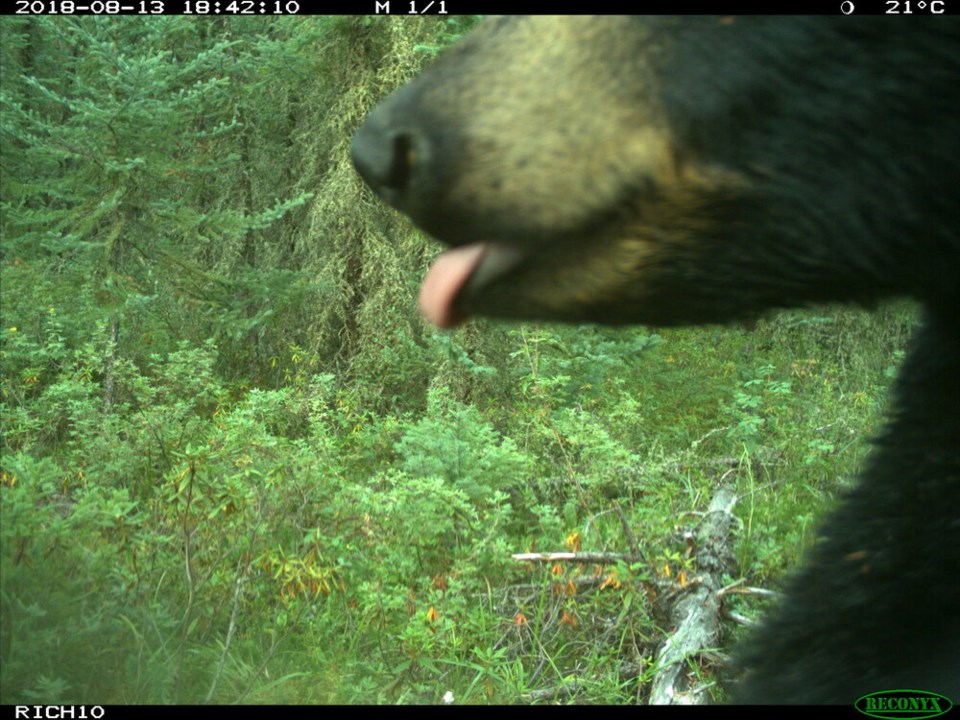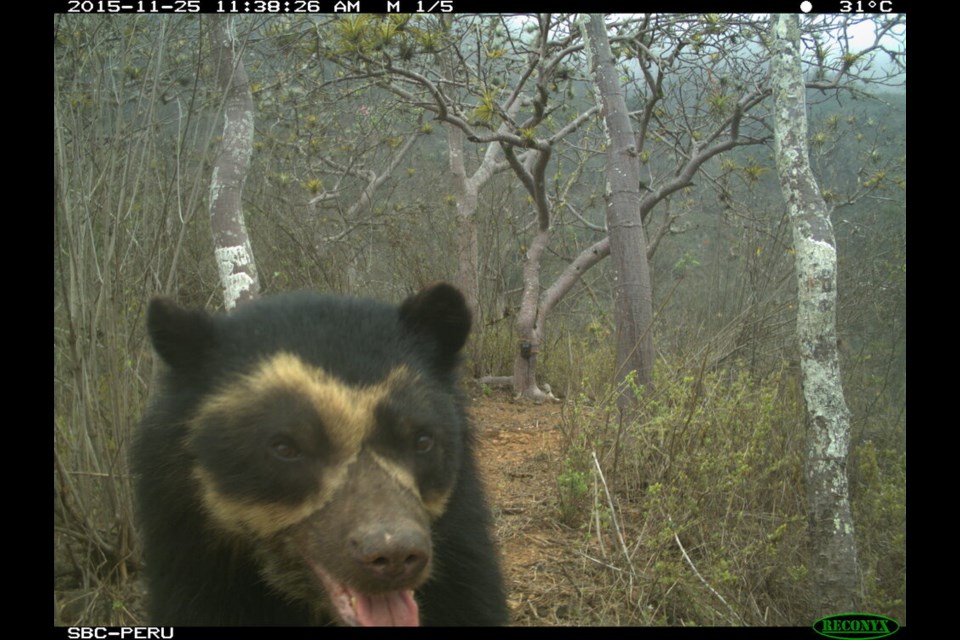In 2019, a group of leading scientists from around the world came together to measure the extinction threats facing thousands of plant and animal species on planet Earth.
The numbers that came back were sobering: one million species already face extinction, and at the rate the planet was going, its diverse tapestry of life was disappearing at a rate likely hundreds of times higher than the average over the past 10 million years.
At the same time, scientists have increasingly warned that conserving biodiversity — nature's life-support system — cannot be seen in isolation from climate change. A warming planet could soon mean the loss of entire arctic ecosystems; expanding deserts and drought are expected to swallow massive swathes of equatorial countries, making them uninhabitable.
On land, the razing of forests and wetlands to extract resources and build cities only adds to the pressures facing wildlife. (According to a United Nations report, 85 per cent of wetlands have been destroyed, and 77 per cent of the world's land has been "significantly altered").
As the planet plunges deeper into the Anthropocene — an age dominated by humans — what can be done to give life the best chance of surviving?
That's what a group of scientists led by researchers at the University of British Columbia set out to answer in a new landmark study published last week in the journal Conservation Letters.
'CHASING GHOSTS'
For decades, one of the main strategies to safeguard threatened species worldwide has been to push for more protected areas, such as parks and reserves.
"The assumption is that that's a good thing. But in many cases, we lacked data to actually say, 'this is working well,'" said Cole Burton, a UBC biologist and supervising researcher on the study.
To answer that question, Burton and his team compiled data from more than 8,600 remote cameras tracking 321 terrestrial mammals across 23 countries and four continents.
As a young wildlife biologist, Burton spent years in Cambodia and Ghana, looking for the last remnants of tigers and lions. But those small studies yielded disappointing results.
"It gets a bit depressing," he said. "As far as we could tell, the tigers were no longer in that region of Cambodia, and the lions were no longer in that region of West Africa."
"I was basically chasing ghosts."
At the same time, not finding the once abundant predators motivated Burton to keep looking. There was no global clearinghouse of wildlife camera data, nothing to paint a bigger picture.
That's where Cheng Chen, a PhD student in forestry, came in. He cobbled together 91 camera trap surveys from around the world.
The researchers now had a treasure trove of images on their hands, from cougars and black bears straddling protected areas near Sooke, B.C., to moose and wolves roaming the wildlife reserves and the disturbed landscapes near Fort McMurray, Alta.
In some cases, camera traps in northern Peru captured a hunter on horseback chasing down game; in others, ocelots, pumas and spectacled bears would pose for the camera.
In Ghana and Sri Lanka, the team examined elephants slaking their thirst and leopards prowling at night. And in China, two endangered bison were captured on camera butting heads on a forest floor.
"It's been a game-changer to have the development of these remote cameras to give us an eye into many of these secretive and rare species," said Burton.
Suddenly, the researchers had a decade of wildlife sightings that together could paint a global picture of the pressures facing mammals.
WHAT HELPS MAMMALS MOST?
In what Burton describes as "detective work," the researchers set out to understand what was squeezing mammal diversity the most. To do that, they assessed a complex set of geography, measuring how close habitat was to city building and how it was impacted by hunting or human recreation. They also filtered for sightings in and outside of protected areas.
"We kind of set these all on equal footing and said, you know, which one of these might be most important?"
After weeding through all the data, one factor stood out above all else: tracts of land designated as "protected areas" were found to be the best predictor of safeguarding mammal diversity.
Surprisingly, said Burton, the "strong positive correlation" between protected areas and mammal sightings also held when the habitats were hit by logging or hunting.
"That signal suggests to us that it's really this policy decision to protect an area and to dedicate some resources to that protection that trumps whether or not it's being used by people," said Burton.
"I think that's an encouraging sign in the sense that we have control over those policy decisions and how we create and support protected areas."
CROSSING PATHS WITH BEARS
Burton says the group found some exceptions. A protected area near the Vancouver Island community of Sooke, for example, was found to have more mammal diversity, like raccoons and cougars, than nearby urban areas. But when they looked at black bears, in particular, the areas where the forest meets the town were found to attract many ursine neighbours.
As many communities bordering wildlands know, human attractants like unattended garbage can quickly attract bears in these interface areas. In other places in the world, wolves and big cats were found roaming from protected areas to attack livestock.

Still, overall, the researchers found overwhelming evidence that designating mammal habitats as protected can work. Going forward, how can protected areas be made bigger and better?
In the past, the land set aside for protected areas was often created unfairly, in many cases through the displacement of local Indigenous peoples. They were also created when fewer valley bottoms and hillsides were dotted with human settlements, consumption of resources was lower, and climate change hadn't changed the playing field, forcing animals to shift their territory.
"I don't think we can protect our way out of extinction risks in a similar way to what we've done in the past," said Burton. "It's a different game now."
"The way that we do protection going forward is going to have to look different."
SHARING LAND WITH WILDLIFE
Burton and Chen's research suggests that a path to coexistence could include officially protecting more land for wildlife while finding ways to tolerate some human footprint.
In B.C., that could mean moving away from single-crop farms so agricultural land can double as productive habitat or shifting logging practices away from clear-cutting entire forests to selective removal of trees. In the province's north, Burton says a lot more work could be done to rehabilitate abandoned swathes of forest cut to explore for oil and gas — damage thought to be a major factor in the decline of endangered woodland caribou.
Policymakers will also have to find ways to balance the presence of people and wildlife in parks, and Burton says Indigenous protected areas offer one of the most exciting models for human-wildlife coexistence.
The stakes couldn't be higher. Mammals play vital roles across the world's ecosystems — predators control prey populations, herbivores disperse seeds, and scavengers help recycle nutrients, to name a few. Their disappearance warns of a collapse at an unimaginable scale.
As Burton put it, if humans can't figure out how to ward off the extinction of mammals — the charismatic species that adorn many children's walls — how will they ever protect an endangered beach moth or blobfish, just two links in the planet's life support system?




